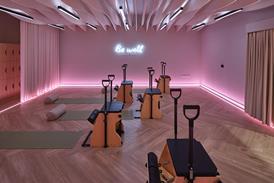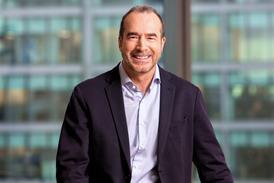In Focus: Selfridges vs Harvey Nichols

Retail Week Knowledge Bank recently updated its profiles of upmarket department store groups Selfridges and Harvey Nichols, whose fortunes have differed notably lately.
Already have an account? Sign in here



















